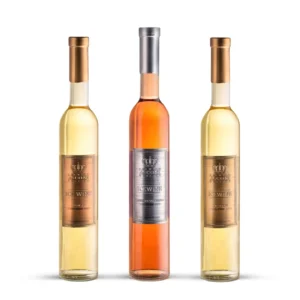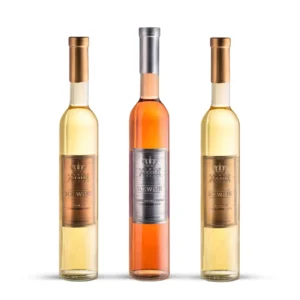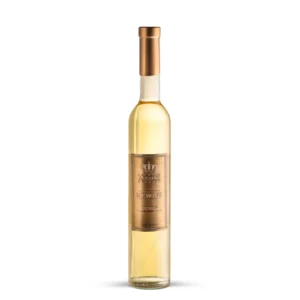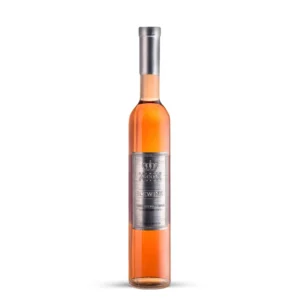🎁 Buy 6 Bottles, Get 6 FREE
What is Honey Wine? Honey + W.. + Y..
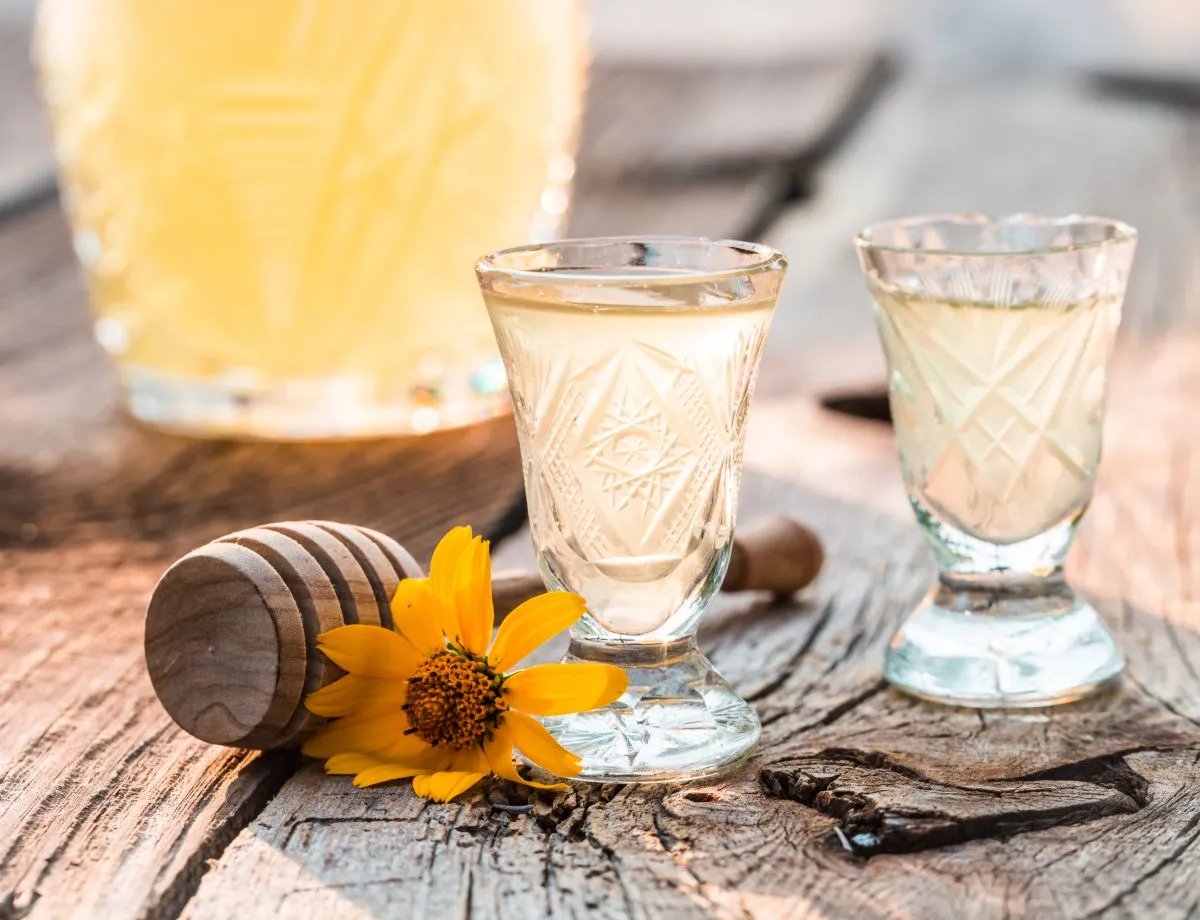
What is Honey Wine (Mead)?
Honey wine, also called mead, is a drink made from honey, water, and yeast. Known as the “nectar of the gods,” mead is one of the oldest alcoholic drinks, with a history that goes back thousands of years. What makes it special? For wine lovers and food bloggers, learning about honey wine can reveal new flavours and pairings.
How is Honey Wine Made?
Making honey wine is easy and follows a few clear steps. First, you mix honey with water to create a must. Then, yeast ferments this mixture, turning the sugars into alcohol. The fermentation time can change the flavour of the mead. After fermentation, the mead is aged to enhance its taste, resulting in a drink that can be dry or sweet with different flavour notes.
Types of Mead
Traditional
Traditional meads are basic honey wines made from just honey, water, and yeast. They highlight the natural flavours of the honey, providing a simple taste that can be dry or sweet.
Varietal
Varietal meads are made from honey sourced from specific flowers. For instance, wildflower honey mead has a rich, floral taste, while orange blossom honey mead has a hint of citrus. The type of honey greatly influences the flavour, making each varietal mead special.
Flavoured
Flavoured meads, or melomels, metheglins, and herbal meads, mix extra ingredients for unique flavours. Melomels are made with fruits like berries and apples, while metheglins have spices such as cinnamon and ginger. Herbal meads use different herbs to add more complexity to the taste.
Strength and Sweetness Variations
This wine comes in different strengths and sweetness levels. Dry meads have little to no sugar, giving a crisp taste. Sweet meads keep more honey sugars, making them richer and dessert-like. Session meads have lower alcohol, perfect for casual sipping.
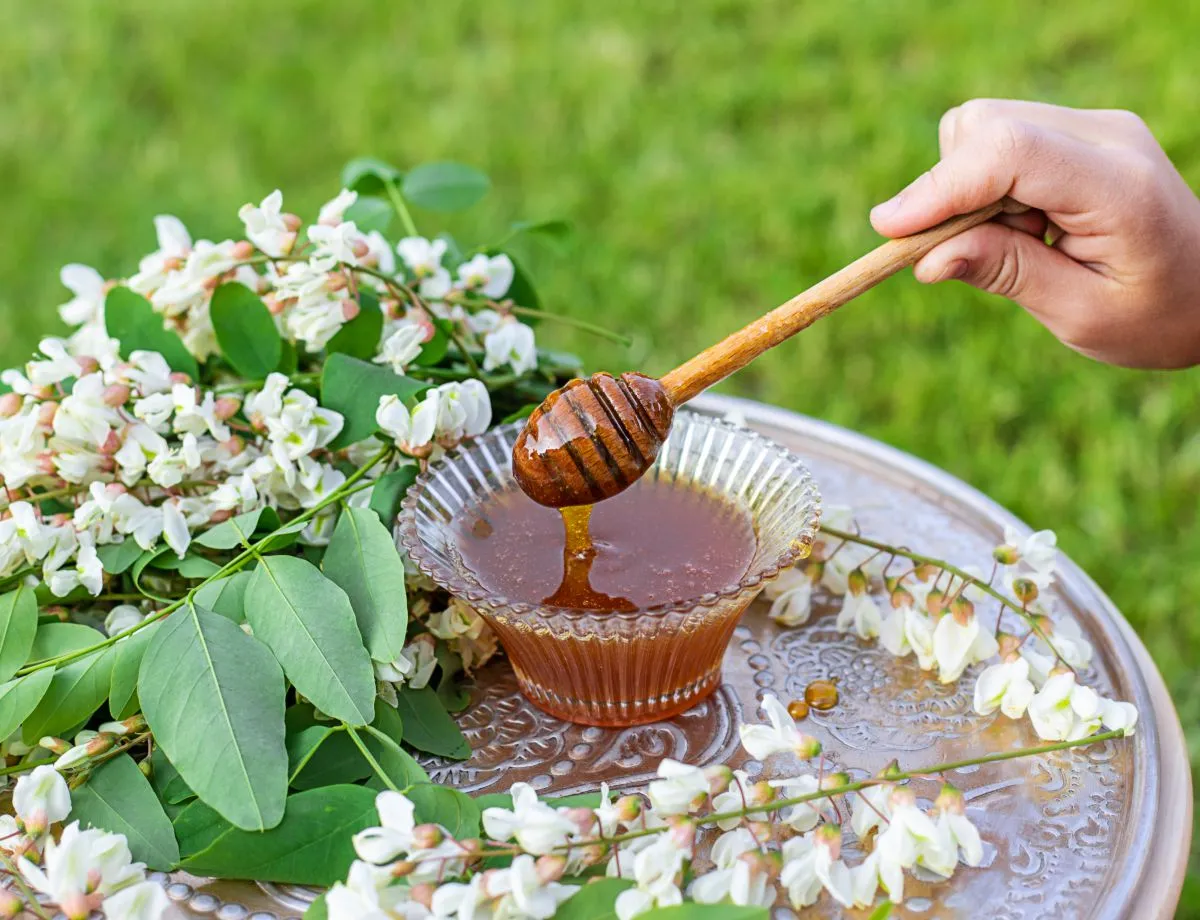
What Does Honey Wine Taste Like?
Flavour Profile
Traditional meads are gently sweet with earthy fermentation notes. Flavoured meads can taste fruity, tangy, spicy, or aromatic.
Factors Affecting Flavour
The flavour depends on several factors, like the type of honey used, the fermentation time, and any extra ingredients. Honey from different flowers can give unique tastes, while longer fermentation creates more complex flavours. Adding fruits, spices, or herbs can also change the taste, making each mead special.
Is Mead Always Sweet?
Many people think honey wine is always sweet, but that’s not true. Some meads are sweet because they keep the honey’s natural sugars, while others are dry. The sweetness depends on how it’s made and what the winemaker likes. This variety makes mead a great option for different tastes, whether you like sweet or dry drinks.
What Does Honey Wine Smell Like?
The smell of honey wine can be different, just like its taste. Traditional meads usually have a sweet, floral scent, while varietal meads can smell like the specific flowers used. Flavoured meads offer a mix of aromas, from fruity to spicy or herbal. The aroma makes the tasting experience more enjoyable.
Is Honey Wine More Like Beer or Wine?
Despite being called “honey wine,” mead has traits of both beer and wine. Like wine, mead is made from natural sugars and can be aged for flavour. But, similar to beer, it can also be carbonated and enjoyed fresh.
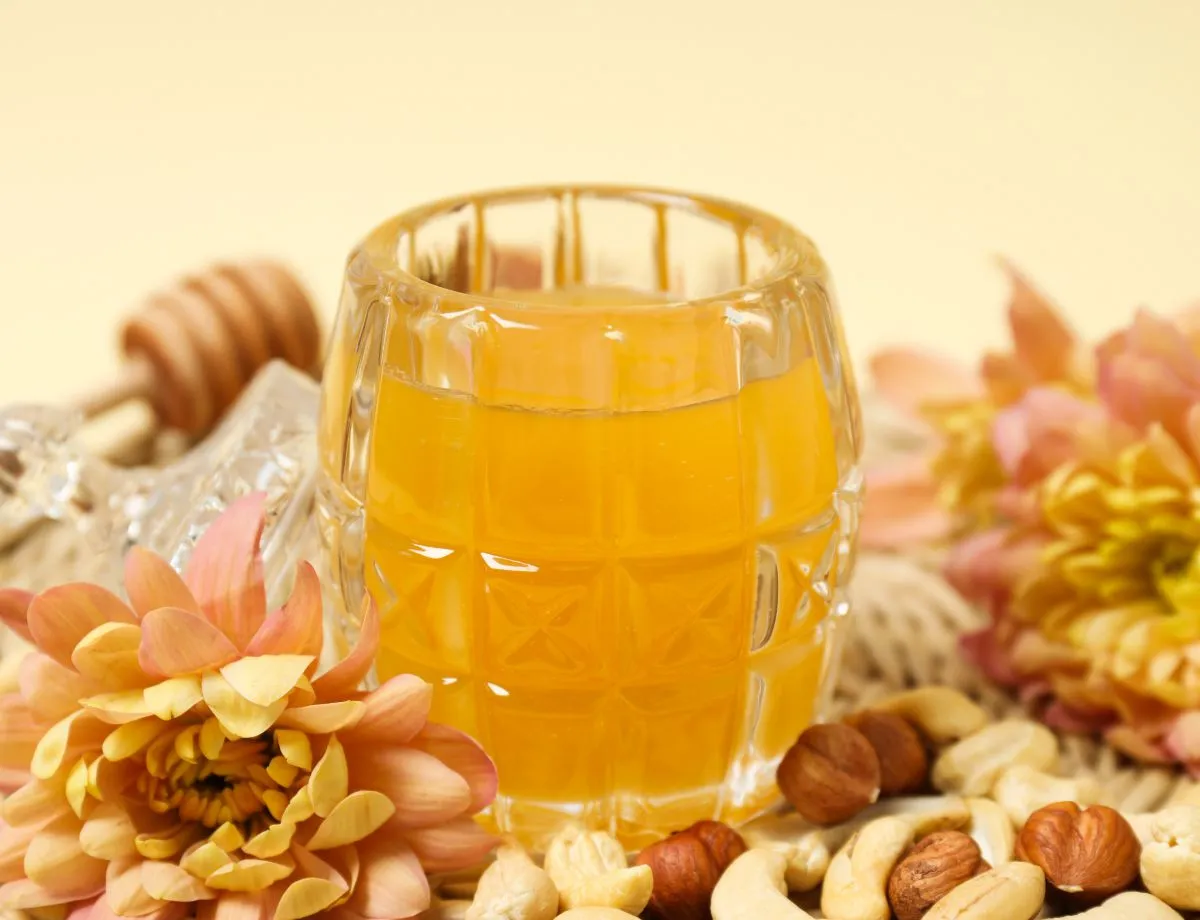
Serving and Pairing
Ideal Serving Temperatures
The best serving temperature varies by type. Dry meads are best chilled like white wine to enhance their crisp taste. Sweet meads are great at room temperature to savor their richness. Some spiced or mulled meads can be served warm, especially in colder months, providing a comforting and fragrant experience.
Food Pairings
For dry meads, try cheese, seafood, or light salads. Sweet meads go great with desserts like fruit tarts or pastries. Spiced meads work well with hearty dishes like roast meats or stews.
Why is it Called Mead?
The word “mead” comes from the Old English “medu,” meaning honey wine. This name shows the drink’s main ingredient and its history. The word has stayed mostly the same over time, keeping its old roots and still representing this classic drink.
Personal Experience 🙂
My first experience happened by chance at a small village fair. I decided to try it, not realising how much it would intrigue me. At first, I found it hard to appreciate its flavours; the dry taste surprised me because I only thought of honey as sweet. This pushed me to learn more about its different types and how it’s made.
With time, I developed a taste for it and now love trying different meads with different foods. The world of honey wine keeps surprising me, and I can’t wait to continue exploring its diverse flavours and pairings. Who knows, it might become your new favourite drink too. Cheers to the nectar of the gods!

